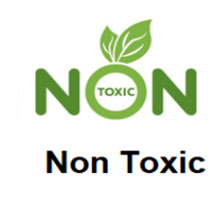Turf Introduction
The replacement frequency of artificial turf varies depending on the specific type of venue or space where it is installed
2024-06-14
The replacement frequency of artificial turf varies depending on the specific type of venue or space where it is installed. Here are some general guidelines for the estimated lifespan of artificial turf in different settings:
**1. Residential Lawns and Gardens**:
In residential settings, artificial turf is typically used for decorative purposes or to replace natural grass in areas with limited watering capabilities. With proper care and minimal foot traffic, artificial turf in these spaces can last up to 10 years or even longer. However, if pets or children frequently play on the turf, it may require replacement sooner due to increased wear and tear.
**2. Sports Fields and Arenas**:
Artificial turf used in sports fields and arenas experiences heavy use and frequent impact from athletes' activities. The lifespan of turf in these high-traffic areas typically ranges from 5 to 8 years. Regular maintenance, such as brushing, cleaning, and occasional repairs, can help extend the lifespan of the turf. However, depending on the intensity of use and the quality of the turf, replacement may be necessary sooner in some cases.
**3. School Playgrounds**:
Artificial turf in school playgrounds is subject to constant use by children during recess and physical education classes. The lifespan of turf in these areas is generally shorter, typically ranging from 5 to 7 years. Frequent maintenance, including regular cleaning and repairs, is crucial to maintaining the integrity and appearance of the turf and ensuring its safety for children to use.
**4. Commercial Spaces and Landscaping**:
In commercial settings, artificial turf is often used for landscaping purposes, such as decorating outdoor areas or creating green spaces in urban environments. The lifespan of turf in these areas depends on the level of foot traffic and the exposure to elements like sunlight and weather conditions. With proper care and maintenance, commercial artificial turf can last several years, but regular inspections and occasional repairs may be necessary to maintain its appearance and durability.
It's important to note that the lifespan of artificial turf can be affected by various factors, including the quality of the turf material, installation techniques, frequency of use, climate conditions, and the level of care and maintenance provided. Regular inspections, cleaning, and repairs can help extend the lifespan of artificial turf and ensure its continued performance and appearance.









